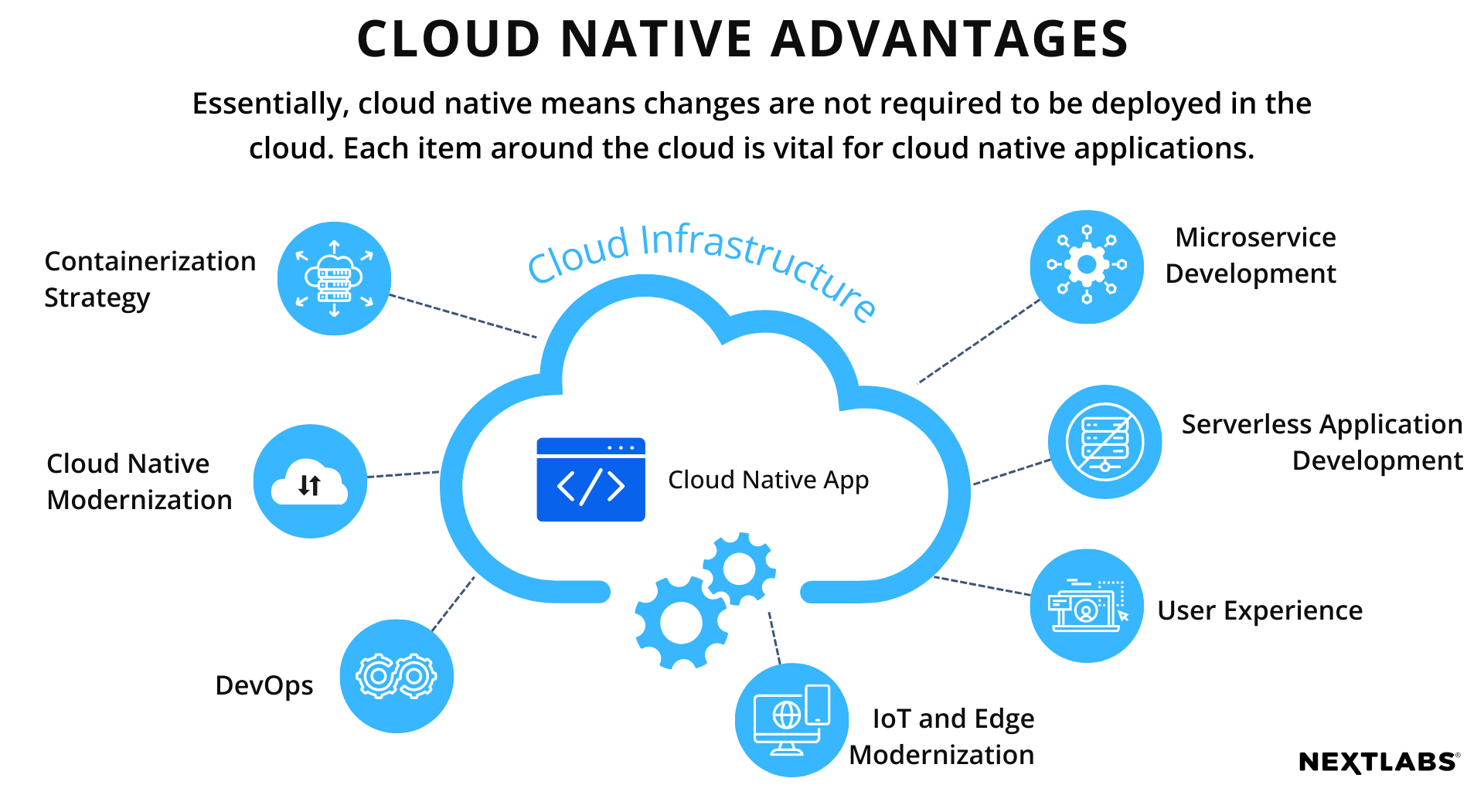Cloud native refers to the process of developing and deploying applications that make use of the distributed computing capabilities provided by the cloud delivery model. With the aid of this technology, businesses can develop and operate scalable applications in modern, dynamic environments including public, private, and hybrid clouds.
Cloud native also promotes speed and agility. Business systems have become more complex with increasing consumer demands such as: shorter turnaround times, cutting-edge features, and zero downtime. Performance issues, recurring errors, and a slow response time are no longer acceptable. In contrast, cloud native systems are designed to thrive in dynamic, large-scale environments, as they are resilient and effortlessly adapt to change.


To comment on this post
Login to NextLabs Community
NextLabs seeks to provide helpful resources and easy to digest information on data-centric security related topics. To discuss and share insights on this resource with peers in the data security field, join the NextLabs community.
Don't have a NextLabs ID? Create an account.